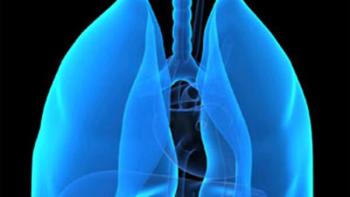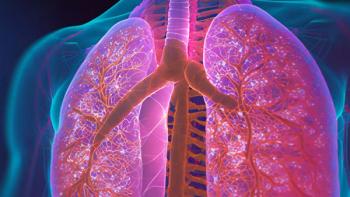
Is the Number of Breast Cancer Deaths Really Dropping?
A recent study touts a huge drop in breast cancer mortality, but annual deaths are holding steady at 40,000 American every single year.
Approximately 40,000 American women and men die from metastatic breast cancer every single year. This number has not budged for decades. As the Metastatic Breast Cancer Network puts it, “Despite the decrease in cancer mortality rates since 1990, the actual number of Americans losing their battle with the disease has hovered around 40,000 each year since at least the year 2000.”
This month, the American Cancer Society published a study in
But scientific data is a tricky thing. That’s particularly true for scientific data that includes real people. You have to be asking the right questions to get the information that matters. You have to be careful about who you include and who you omit, what constitutes a true change and what is more likely due to changes in how incidences are counted. For the non-scientist, it’s important to also understand where the information is coming from.
Because we all want to believe that breast cancer is 100 percent curable if caught early, news reports and headlines mislabel that successful diagnoses and treatment mean a decline in deaths. Due to the increased use of mammography, as well as its improvement over time, a growing number of people with lobular carcinoma in situ (LCIS, stage 0) are found and may be included in much breast cancer data. When scientists include LCIS and other cancer-like diagnoses in this data, it looks as though death rates are falling precipitously.
In fact, as stated by the National Cancer Institute, "Of all breast cancers detected by screening mammograms, up to 54 percent are estimated to be results of overdiagnosis." That means that some women and men are being treated with surgery, radiation and/or chemotherapy that is not needed and could result in the harms associated with breast cancer treatment.
Confusing the data further is the fact that the number of older women appropriately diagnosed with breast cancer is declining, possibly because hormone-replacement therapy is no longer standard treatment at menopause.
Since I’m here because of luck and Herceptin/Perjeta, I know from personal experience that targeted treatment therapies have extended at least one life. Advances in adjuvant chemotherapy in early breast cancer, like Herceptin for HER2+ breast cancer, improved triple-negative regimens and some improvement in hormonal therapies have all had an impact. Yet 110 Americans still die every day from this disease.
African-American women and men are especially susceptible, as reported in this study. They are more likely to have an aggressive triple-negative breast cancer diagnosis and are more likely than Caucasians to die from the disease. Women over 65, too, show little improvement in this data if they are diagnosed with metastatic breast cancer after an earlier-stage disease.
Scientists do not know what causes breast cancer to metastasize outside the breast and they do not know how to stop metastases. They do not know how to determine which patients at early-stage will have breast cancer that metastasizes months, years, decades later—only that approximately 20 percent to 30 percent of early-stage patients will face this. Most importantly, because the only type of breast cancer that kills is one that has metastasized, we do not have a cure.
There is no actual decrease in the number of women and men dying from breast cancer each year. It’s still holding steady at about 40,000. To put it another way, 110 Americans will die today from metastatic breast cancer.





